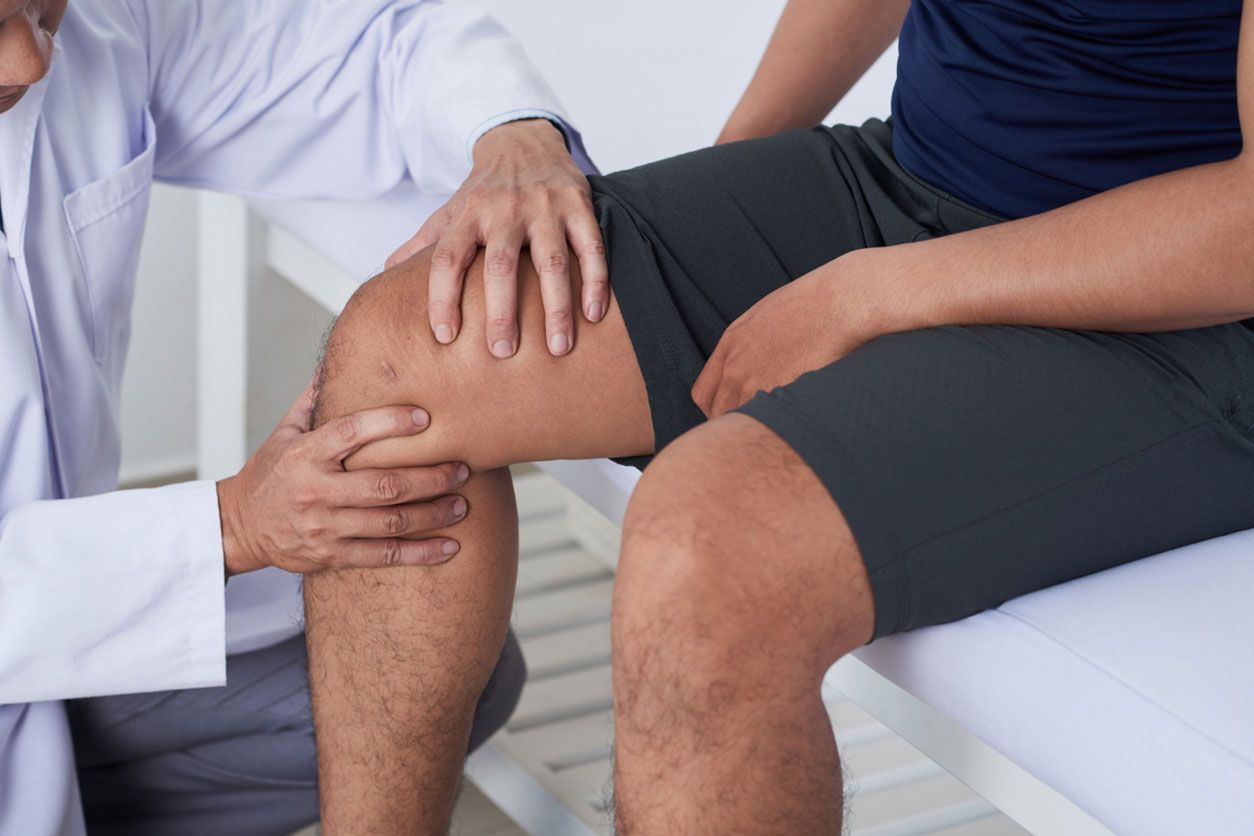Orthopaedic Conditions Treated with Arthroscopic Surgery

Arthroscopic surgery – a minimally invasive procedure that allows physicians to examine injuries from within the body – is most often associated with meniscus tears and other knee injuries. But why should the knee get all the attention?
Considering that there are 360 joints in the human body, patients with countless other injuries and conditions also benefit greatly from this technology. There are roughly 1.77 million arthroscopic procedures conducted annually, typically on an outpatient basis. Recent improvements in the technology increase the likelihood that an accident or sports injury won’t keep you off your feet for long. A facility like MidAmerica Orthopaedics, which focuses on the treatment of musculoskeletal problems, specializes in the full gamut of arthroscopic procedures.
Shoulder Injuries
Osteoarthritis, chronic tendonitis and other conditions associated with inflammation of the shoulder are often treated with arthroscopy. But acute conditions like rotator cuff tears also benefit from this technology. The rotator cuff consists of a group of muscles and tendons that surround and stabilize the shoulder joint. A tear can be caused by a sudden injury, or it can occur after repetitive overuse of the shoulder. Typical symptoms include painful inflammation of the muscles and tendons, resulting in weakness and loss of upper body mobility.
Spinal Injuries
Arthroscopic surgery is a common treatment for many different back conditions, as well:
- Spinal disc herniation
- Degenerative discs
- Spinal deformity
- Other spinal trauma
Most people don’t think of their spine as a joint, but your spine is comprised of facet joints that link the vertebrae together. Roughly 20 percent of patients suffering from acute back pain eventually develop chronic back pain symptoms. Your doctor might recommend arthroscopic spinal surgery if your back problem hasn't improved following conservative treatments such as physical therapy.
Feet and Ankle Problems
Did you know there are 26 bones, 30 joints and over 100 muscles, tendons and ligaments in a single foot? It’s a pretty complex little system, which may explain why feet are prone to numerous injuries. In some cases, arthroscopic surgery is necessary to remove fragments of broken bone from the joint area. Keep in mind that arthroscopic procedures are also used to take a closer look inside your body to determine whether surgery will be necessary. If a fracture is detected, your surgeon may be able to diagnose and treat the problem at the same time so you don’t need to go back in for a second procedure.
Other diagnostics may also be recommended. The symptoms for an ankle break are very similar to that of a sprain, so it’s important to get an official diagnosis from an orthopaedic specialist as soon as possible if you experience pain and swelling after an accident. A physical exam and X-rays can also help determine if a break occurred and its severity.
Hand and Wrist Problems
Arthroscopy is also used to address a spectrum of hand and wrist issues, from fractures and joint damage caused by wrist osteoarthritis to work-related overuse injuries such as Carpal Tunnel Syndrome. Like the foot, there are many small bones and tendons, making it important for surgeons to take a closer look at the source of the pain a patient is experiencing. For example, arthroscopy of the wrist may be necessary to diagnose and treat work-related repetitive strain injury, fractures and torn or damaged ligaments.
Chicago-Area Treatment for Knee Injuries
Back to those knees. Knee injuries are common among many types of athletes – not to mention the rest of us – resulting from running, jumping and other sudden movements in sports. Common knee injuries treated with arthroscopic methods include knee osteoarthritis and meniscal tears. In fact, arthroscopy for meniscus injuries is one of the most frequently performed procedures among the many types of orthopaedic surgery.
Repairing a torn meniscus might mean the difference between being able to climb a flight of stairs, care for a child, or get to work. This soft, C-shaped piece of cartilage located between the shinbone and thighbone is crucial for load transmission and shock absorption. Fortunately, these surgeries have become less invasive and more successful over the years, ensuring that more patients can return to their usual routines with less time needed for recuperation.
For patients in need of an arthroscopic procedure, MidAmerica provides several added benefits:
- Access to top specialists
- State-of-the-art diagnostics tools and equipment
- Physical/Occupational Therapy on site
MidAmerica Orthopaedics gives patients access to a team of specialists who are highly trained in arthroscopic surgery. If you are seeking arthroscopic treatment for a joint problem, contact us to schedule an appointment with a physician today.

